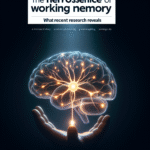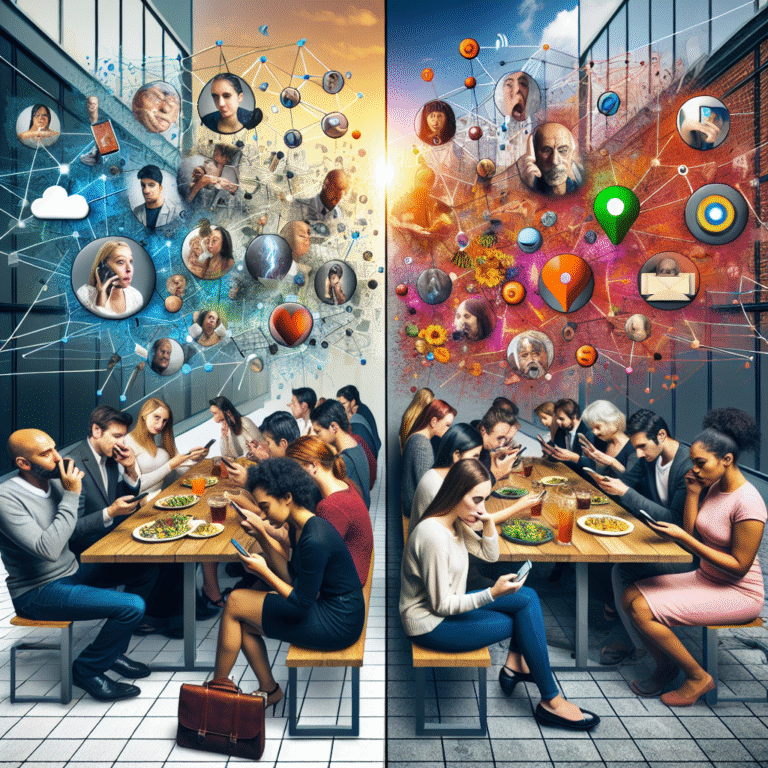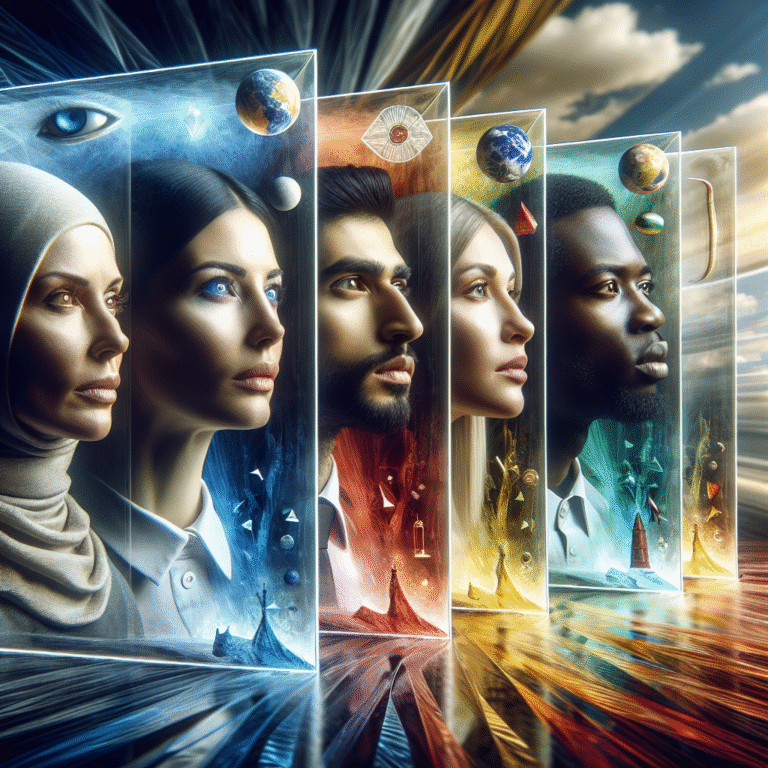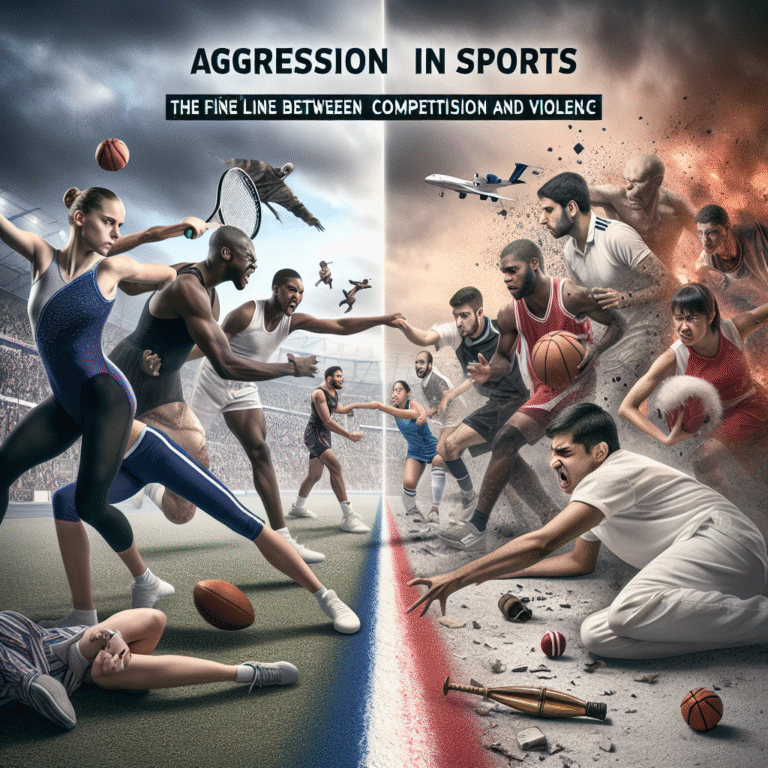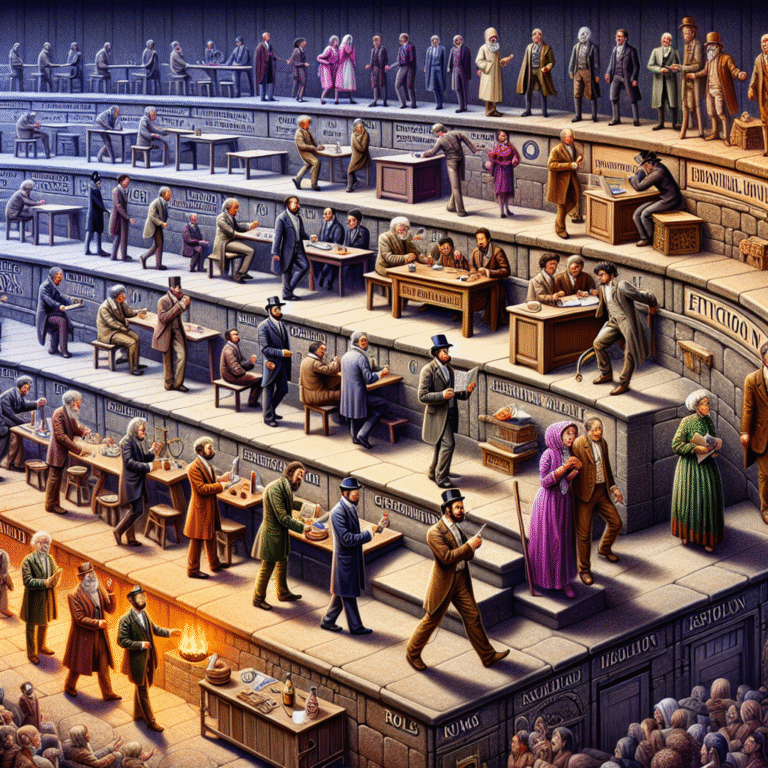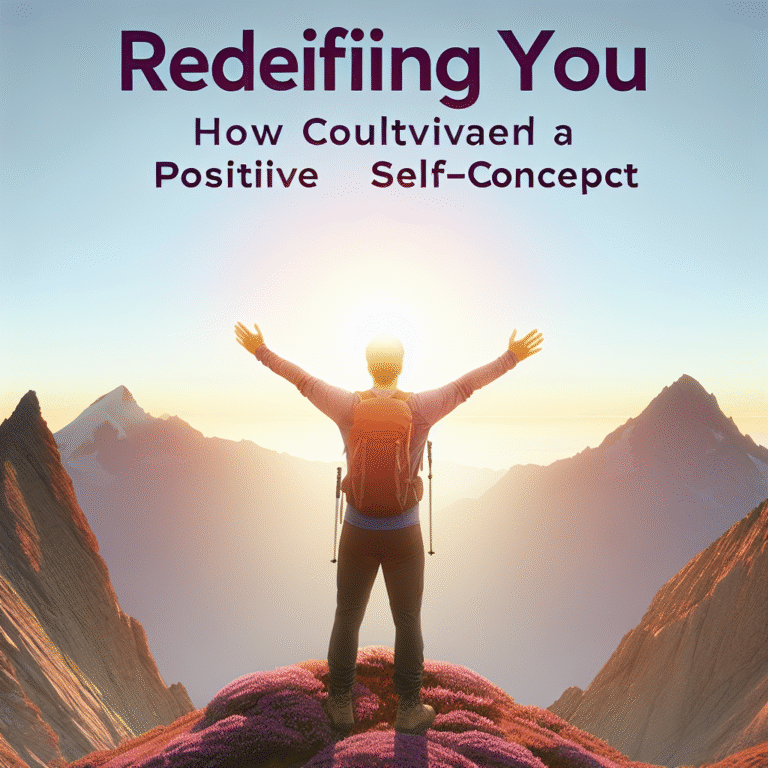
Introduction
In an increasingly interconnected world, the question of whether we are building bridges or walls becomes more poignant each day. In-group bias—the tendency to favor one’s own group over others—can significantly shape societal dynamics, influencing everything from interpersonal relationships to policy decisions. This phenomenon can either foster a sense of community and belonging or create divisions and animosity. Understanding the impact of in-group bias on society is crucial for promoting cohesion and inclusivity.
In this article, we will explore “Building Bridges or Walls? The Impact of In-Group Bias on Society,” illuminating its multifaceted effects through case studies, statistical data, and actionable insights that will enrich our understanding of this vital subject.
Understanding In-Group Bias
What is In-Group Bias?
In-group bias refers to the psychological tendency of individuals to favor those who belong to their own social group. This can manifest in various forms, including social, political, economic, and cultural preferences. To put it simply, humans are naturally inclined to align with those who share similarities, whether that’s cultural background, beliefs, or interests.
Key Research Findings
-
Social Identity Theory: Developed by Henri Tajfel and John Turner in the 1970s, this theory posits that individuals derive a significant part of their identity from the groups to which they belong. This results in a favorable bias toward in-group members.
- Stereotyping and Discrimination: In-group bias often leads to stereotyping and discrimination against out-group members. A 2013 study published in Nature demonstrated that people are more likely to trust those who share their background, leading to systemic inequalities.
Variants of In-Group Bias
- Ethnic and Racial Bias: In-group bias can lead to systemic racism and xenophobia, hindering societal progression.
- Political Bias: In-group favoritism can polarize political landscapes, making compromise challenging.
- Cultural and Socioeconomic Bias: Understanding the nuances of in-group bias reveals how societal stratification can deepen divisions between classes and cultures.
The Dual Nature of In-Group Bias
Building Bridges: Positive Aspects
While in-group bias has negative connotations, it can also foster community and collaboration. Here’s how:
-
Enhanced Trust within Groups: When individuals feel a strong connection to their in-group, they are more likely to trust one another. This can lead to effective teamwork in organizations and communities.
- Support Networks: In-group bias can create robust networks of support, which can be especially beneficial in marginalized communities.
Case Study: Community Cooperatives
Many cooperative businesses exemplify the positive aspects of in-group bias. By fostering a sense of belonging, these cooperatives encourage local participation and investment, often leading to economic resilience. For instance, the Mennonite community in the United States has created successful agricultural cooperatives that not only support their members but also contribute significantly to local economies.
Walls of Division: Negative Aspects
On the flip side, in-group bias can also create barriers and exclusion:
-
Social Division: The favoritism extended toward in-group members often leads to the marginalization of out-group individuals, fostering an environment of inequality and hostility.
- Conflict and Violence: In extreme cases, this bias has led to violent conflicts, as seen in various genocides throughout history, characterized by the “us versus them” mentality.
Case Study: The Rwandan Genocide
The Rwandan Genocide serves as a harrowing example of how in-group bias can lead to catastrophic consequences. In 1994, deep-rooted ethnic tensions between Hutus and Tutsis escalated into widespread violence, resulting in the loss of approximately 800,000 lives. The consequences of in-group bias, exacerbated by historical grievances and propaganda, highlight the dangers of division.
The Role of Culture and Media
Influence of Cultural Narratives
Cultural narratives play a significant role in shaping in-group bias. Stories passed down through generations can reinforce existing biases or challenge them.
- Positive Narratives: Cultures that emphasize inclusivity can help bridge gaps between diverse groups.
- Negative Narratives: In contrast, cultures that promote division can intensify in-group biases, leading to societal fragmentation.
Media’s Role in Shaping Perceptions
Media has a profound influence on public perception regarding in-group and out-group dynamics.
- Representation: A lack of representation of diverse groups in media can perpetuate stereotypes and biases.
- Framing: How stories are framed can either contribute to understanding or fuel division.
Data Visualization: Media Representation
| Media Type | % Representation of Diverse Groups |
|---|---|
| TV Shows | 30% |
| Movies | 25% |
| News Media | 15% |
This table illustrates how media representation can significantly impact societal perceptions of in-groups and out-groups, creating either bridges or walls.
Practical Implications
Actionable Strategies for Building Bridges
-
Encourage Intergroup Dialogue: Initiatives that promote conversations between diverse groups can help dismantle stereotypes and biases.
-
Education and Awareness: Increasing awareness of in-group bias through education can empower individuals to recognize and challenge their biases.
- Media Literacy: Enhancing media literacy can empower individuals to critically analyze how in-group bias is represented in various media forms.
Policy Recommendations
- Diverse Leadership: Encouraging diverse representation within leadership positions can challenge in-group biases at institutional levels.
- Inclusive Policies: Policies that intentionally include marginalized voices can build bridges rather than walls.
Conclusion
The challenge of “Building Bridges or Walls? The Impact of In-Group Bias on Society” is one we must face head-on. While in-group bias can foster a sense of belonging, it also has the potential to create deep societal divisions. By understanding its dual nature, we can take active steps to foster inclusivity and cooperation, building bridges instead of walls.
Inspiring Action
As we reflect on the implications of in-group bias, let’s commit to being agents of change in our communities. Whether through dialogue, education, or policy advocacy, we have the power to make a difference.
FAQs
1. What is in-group bias?
In-group bias is the tendency for individuals to favor members of their own group over those of other groups, influencing social interactions and relationships.
2. What are the positive effects of in-group bias?
Positive effects include enhanced trust, stronger community ties, and support networks, particularly in marginalized communities.
3. How does media influence in-group bias?
Media representation can shape societal perceptions, reinforcing stereotypes or promoting inclusivity, depending on how groups are portrayed.
4. Can in-group bias be reduced?
Yes, through initiatives like intergroup dialogue, education, and media literacy, individuals can challenge and reduce their biases.
5. What role does culture play in in-group bias?
Cultural narratives can either reinforce in-group biases or promote inclusivity, depending on the stories and values emphasized within a community.
By recognizing these dynamics and implementing meaningful changes, we can strive to create a society that celebrates diversity and understanding, ultimately answering the call to build bridges, not walls.

